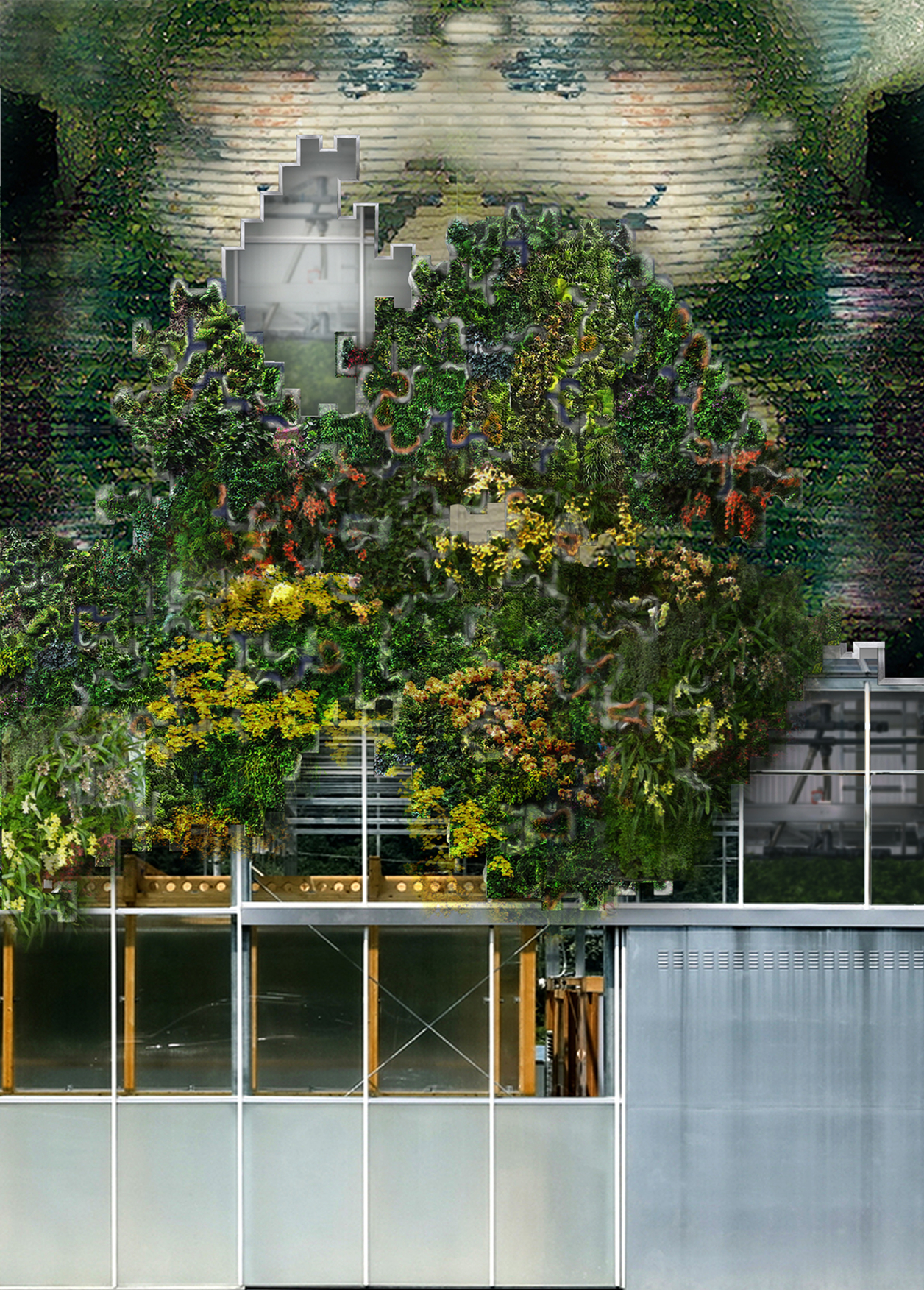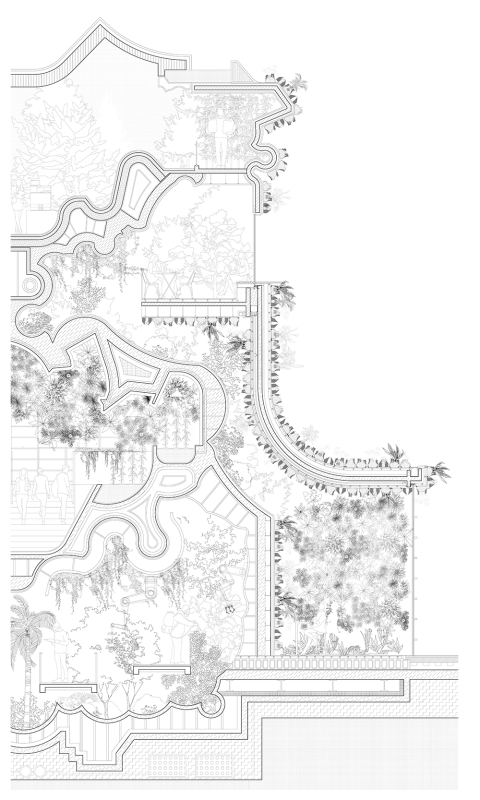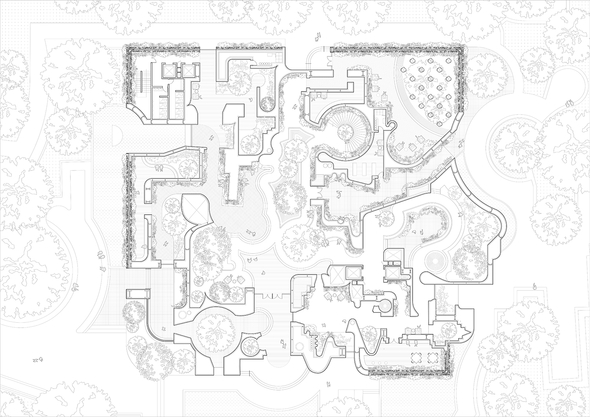Envelope Stuffing
Since the time of Vitruvius, the terms “inside” and “outside” have been integral to the manner in which architecture is discussed. A building is fundamentally responsible for distinguishing spaces, thus establishing a relative understanding of being inside of one thing and outside of another. We have, over the course of time, come to expect certain things from this relationship. In The Dynamic of Architectural Form, Rudolph Arnheim stated that “perceptually and practically the worlds of outside and inside are mutually exclusive. One cannot be in both at the same time.” This studio explores the subversion of the assumed mutual exclusivity between the inside and outside in favor of a multiplicity of conditions which foster moments of exchange, resisting the in-between, in favor of the simultaneous. These new conceptions of the relationship between the inside and outside serve to interrogate not just the threshold of enclosure but also the perceived divide it creates between nature and building as well as public and private domains.
The studio began with Louis Kahn's castle sketches investigating the exaggerated wall depth of these stereotomic constructions. Like Kahn, we were interested in misreading that poche as hollow and look for tectonic solutions allowing it to become inhabitable. Rather than fortifying the building from the outside these liminal spaces will act as an inhabitable mediator bringing the exterior in and interior out. Our interest was in investigating this inhabitable envelope's potential to house public spaces which resist traditional solutions such as static ground floor lobbies or inert atriums but instead forge dynamic zones laminated, embedded, and suspended in the envelope. The building produces new relationships between volumes and enclosure through understanding them as an ensemble of things and denying the reading of a single mass and wrapper.




